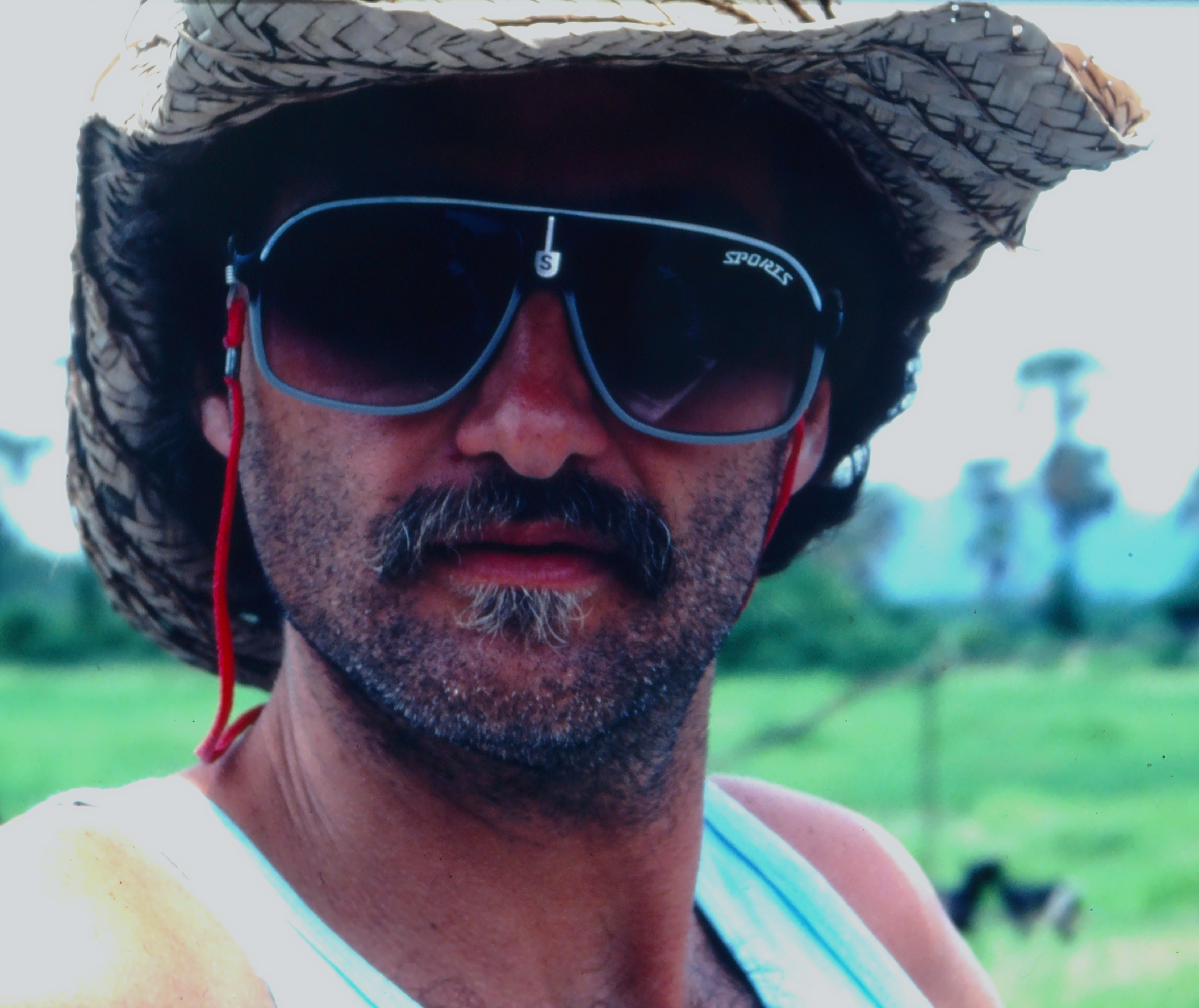
The New Financing Available
Chase (2025) reported that "Hofseth International AS…mandated Carnegie AS and SpareBank 1 Markets AS as Joint Bookrunners to arrange a series of fixed income investor meetings…in 2025. A NOK 1,000m (~USD 10 million)…5-year floating rate senior unsecured bond issue…was to be proposed…"subject to inter alia market conditions. Net proceeds…were to used…towards the Group’s capital expenditures, general corporate purposes and redemption of remaining Class B Shares issued by the Issuer, including accrued dividends and interest. The company said the net proceeds of the bond will go toward eligible green projects…On top of the EUR 300 million in bonds, the company said it also obtained approval from Sparebanken Norge for a NOK 1 billion (USD 99 million, EUR 86 million) revolving credit facility.
There's new, “green” money, out there; and aquaculture companies are accessing this relatively new, and growing, financing instrument for investments in projects linked to sustainability initiatives via green bonds.
Green Bonds
Molinari (2021) stated that “green bonds are theme bonds which means they have a designated goal for an investment...they aim to mitigate climate change or promote sustainable development and may include financing for projects that look to increase energy efficiency…improve fishery and forestry, clean transportation, clean water, and sustainable water management, prevent pollution or protect aquatic and terrestrial ecosystems, or finance the cultivation of environmentally friendly technologies. Green bonds are particularly attractive to potential investors because they are tax-exempt…Additionally, these bonds have an investment grade which entice not only socially-responsible investors (‘SRIs’), but also mainstream investors looking for safe places to put their money”.
Trompeter (2017) states that “When the European Investment Bank and the World Bank first created green bonds in 2007, few imagined the debt instrument would attract mainstream investors…However, by 2015, green bonds were issued by major corporations like Apple and municipalities like New York City at a record USD 40 billion (EUR 32.9 billion). Major players on Wall Street have taken notice and look to cash in on the rapidly growing green bond market.”
Molanari (2021) cites Barbiroglio (2020) that “~USD 200 billion (EUR 165 billion) in green bonds were issued in 2020”; that the bonds are very popular, and “the current rate of issuance … is going to look small compared to the growth we will see in the next few years, especially as sovereigns enter the market…as such…the overall market size could grow to USD 1 trillion (EUR 822 billion) by the end of 2021, but it will still only account for a small percentage of the overall debt markets, so it truly is at the start of its journey.”
Large scale salmon aquaculture companies and their networks have jumped on this relatively new and available financing, and many more are watching. To demonstrate, a short list of green bonds issuances for large scale aquaculture in Norway and Chile are summarized below, taken from Molanri (2021) and Chase (2025):
(1) “Mowi issued a EUR 200 million (USD 165 million) green bond as a five-year, senior unsecured issue that was significantly oversubscribed, with high investor demand from both dedicated green and regular bond investors. Bonds offered a coupon of 3 months EURIBOR plus 1.60%/year…the proceeds will be used for green projects (Danske Bank, DNB Markets, and Nordea as Joint Global Coordinators and Green Bond Advisors, ABN AMRO, Rabobank and SEB acted as joint lead managers for the bond issue),
(2) Lerøy Seafood Group (USD 49 million, EUR 43 million), (2) SalMar (USD 432 million, EUR 374 million),
(3) Grieg Seafood (USD 58.8 million, EUR 48.4 million), a senior unsecured green bond,
(4) Hofseth (EUR 300 million, USD 347 million) in green bonds (using Swedish financial services group DNB Carnegie to function as joint lead manager and green bond advisor with Nordic investment bank SB1 Markets),
(5) AgroSuper obtained Chile’s first “green and social loan” from Rabobank,
(6) Ventisqueros Chile (USD 120 million, EUR 98.7 million) green loan from Rabobank and DNB.
How Decisions Are Being Guided
Grieg Seafood’s new green money green projects will follow the “Green Bond Principles” of the International Capital Market Association (ICMA 2018). MOWI uses the money for green projects as defined by a “Green Bond Framework” (MOWI 2020). Hofseth (2025) reports regularly on its sustainability initiatives and certifications (Hofseth 2024), but the guidance it will use on the green bond funds is presently unknown.
Working Group Tasks
Understand and discuss - “Joint Bookrunner”, “Fixed Income Investor Meeting”, “Senior Unsecured Bonds”, “Class B Shares”, “Revolving Credit”, “Green Bonds”, “Tax Exempt”, “Investment Grade Bonds”, “Unsecured Loans”, “Sovereigns”, “EURIBOR Coupons”, “Senior Unsecured Bond Issues”
References
Barbiroglio, E. 2020. Green Bond Market Will Reach $1 Trillion With German New Issuance. Forbes, September 2, 2020.
Chase, C. 2025. Hofseth refinances through EUR 300 million in green bonds. SeafoodSource. October 31, 2025
Hofseth (2024). 2024 ESG Report.
International Capital Market Association (ICMA). 2018. Green-Bonds-Principles-June-2018-270520.pdf
Molinari, C. 2021. Salmon farmers increasingly look to tap USD 1 trillion green bond market. SeafoodSource. January 27, 2021
MOWI. 2020. ASA Green Bond Framework. https://corpsite.azureedge.net/corpsite/wp-content/uploads/2020/01/GBF_Mowi_Jan2020.pdf January 2020.
Trompeter, L. 2017. Green Is Good: How Green Bonds Cultivated into Wall Street’s Environmental Paradox. Sustainable Development Law & Policy, 17(2,3). http://digitalcommons.wcl.american.edu/sdlp/vol17/iss2/3


